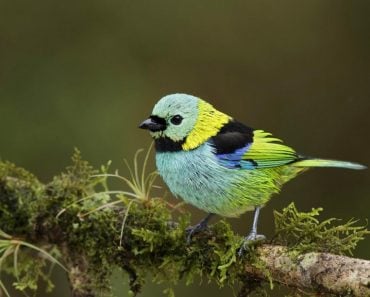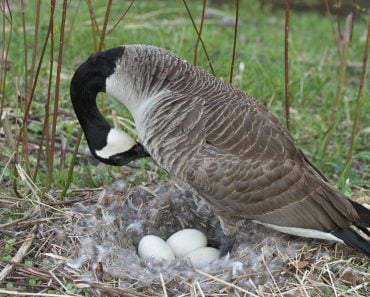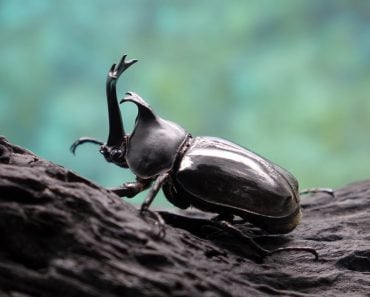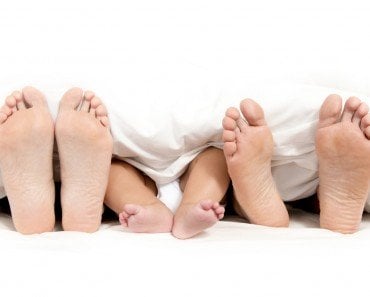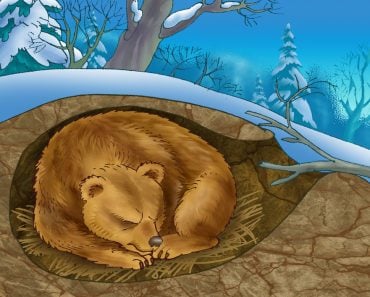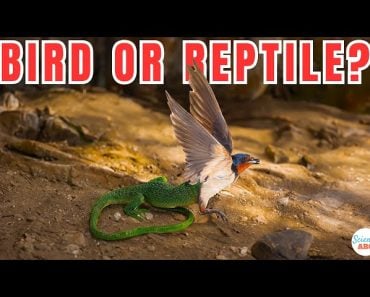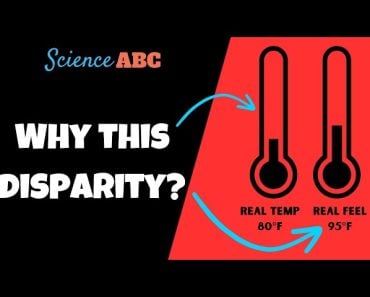Table of Contents (click to expand)
Many mammals possess sweat glands, but sweating is only the primary method of thermoregulation for primates.
Remember the last time you stepped out into the summer and were immediately drenched in your own sweat? Yeah, me too. However, if you think about it, have you ever seen the animals around you sweat? Is your peacefully sun-bathing cat breaking a sweat? And what about those birds soaring high in the summer sky?
In the animal kingdom, cold-blooded animals (reptiles, fish, amphibians) or poikilotherms, cannot regulate their body temperature according to their surroundings, so their body temperature fluctuates to match their surrounding temperature. They are essentially left to the mercy of the elements. During extreme heat, you’ll find reptiles lounging under the shade of a rock to cool down, while in colder months, they might come out to sunbathe for hours and raise their temperature.
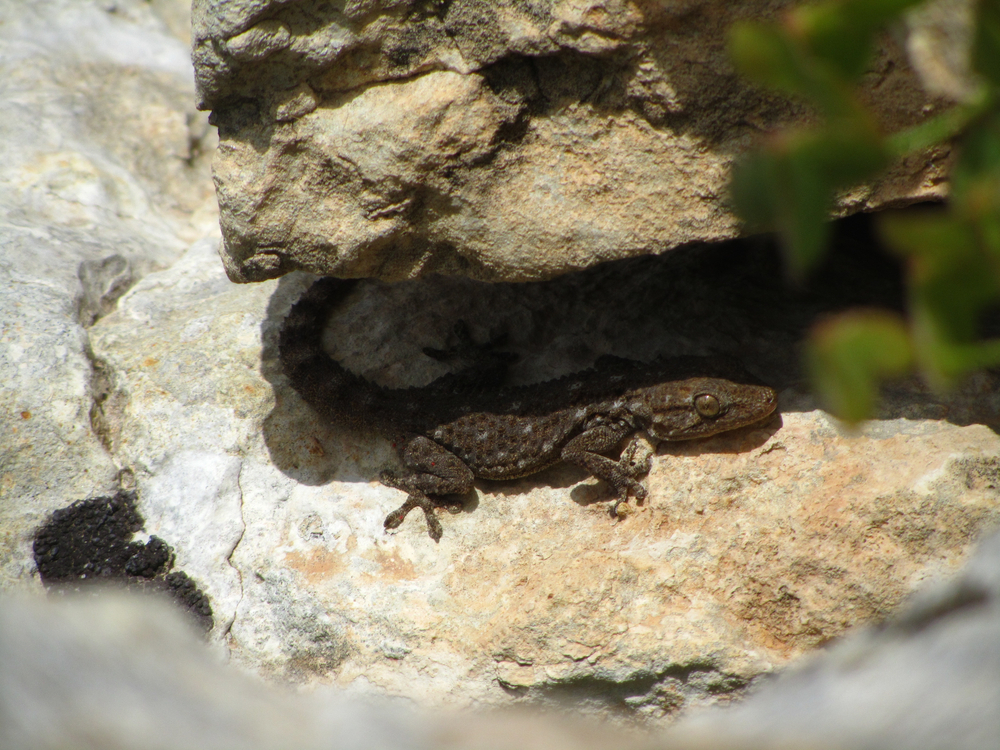
On the other hand, warm-blooded animals or homeotherms, like birds and mammals, keep their core temperature stable no matter what the weather. Humans function at an optimal 37°C as an internal body temperature. Too hot or too cold, and our bodies will make changes to maintain itself at 37°C. However, the technique that each species uses for temperature regulation is unique.
Warm-blooded animals have a wide variety of ways to cool down when things get a bit too hot to handle. One of these methods is sweat.
Recommended Video for you:
Sweating: It’s A Primate Thing
Primates like apes, monkeys and humans are the only members of the animal kingdom (besides horses, but we’ll come to that later) who sweat profusely in the heat. Sweating is a method by which the body regulates its internal temperature and is known as thermoregulation. Sweat glands secrete a watery substance through the pores on our skin. These beads of perspiration soon evaporate off the skin, taking the heat with them.
There are two types of sweat glands, namely eccrine and apocrine.
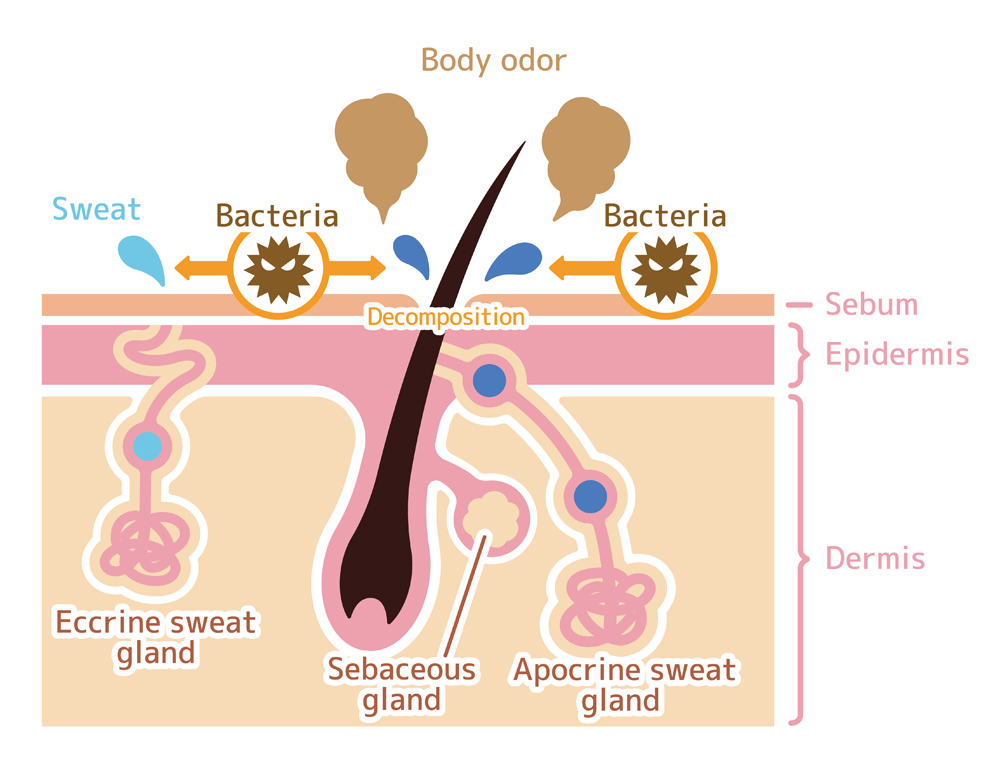
- Eccrine Sweat Glands: These glands secrete the watery beads of sweat and are found all over the body. Cats and dogs also possess eccrine sweat glands on their paw pads and noses. Sheep and cows have these glands on their noses and above their lips. This gland is not common among mammals, as compared to the apocrine sweat gland.
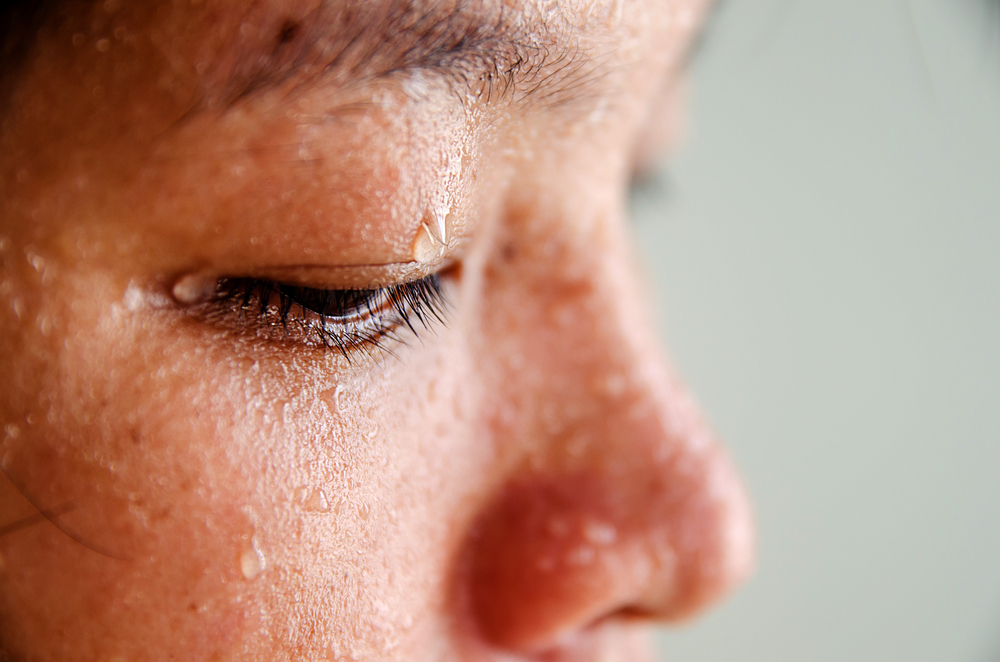
- Apocrine Sweat Glands: This type of sweat gland is located around the hair follicles. It secretes a fatty, oily substance that is responsible for stinky underarm sweat in humans. These glands are more prevalent in mammals, but they are not an efficient cooling method, as the oily secretion does not evaporate easily.
Horses
In addition to primates, horses also use sweat to keep themselves cool, but we can’t exactly call this ‘sweating’, as the secretion they produce is very different from the watery sweat with which we are familiar. Running animals like horses generate a copious amount of sweat to dissipate the heat produced during their strenuous exercise. Their thick, waterproof coat prevents the rapid evaporation of sweat, failing to bring about a cooling effect. Horses have apocrine sweat glands, but their secretion contains the protein latherin, which is a natural detergent.
Latherin is thought to function by helping the water distribute over the fur to facilitate evaporation. This causes lather or foam to develop, especially where rubbing takes place. The foam is just like what we observe while washing clothes or dishes!
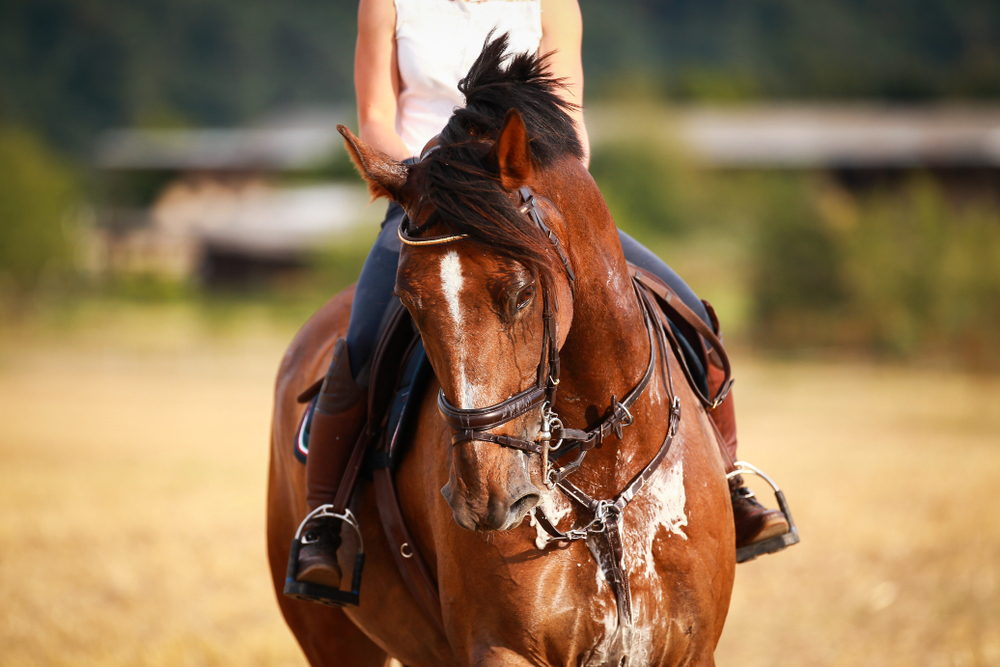
Some other animals might appear to sweat, but don’t be fooled.
Blood Sweat
Blood sweat is the name of an unusual secretion produced by hippos in their effort to beat the heat. Unlike horses, hippos do not have true sweat glands. They spend most of their time in the water, which keeps their skin moist, preventing any risk of dehydration. However, a thick, oily, red secretion oozes from their pores when they’re on land, but no… it’s not blood!
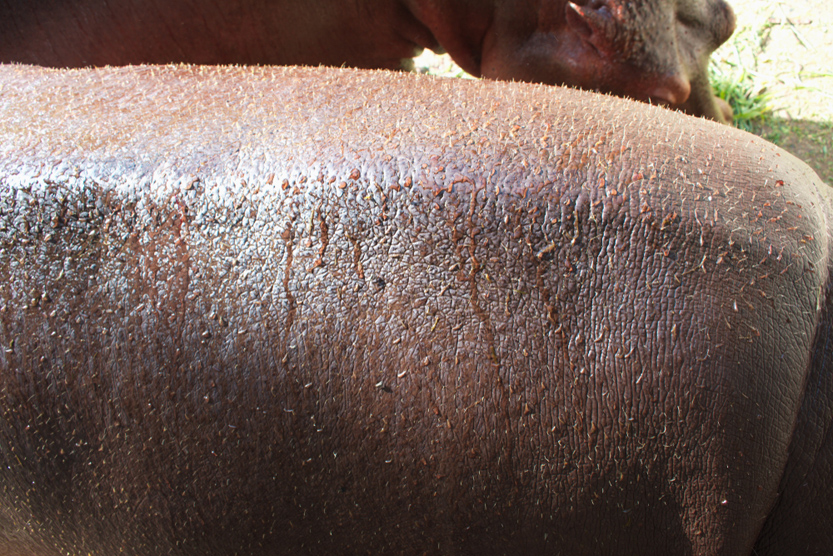
‘Blood’ sweat is, in fact, a misnomer. The liquid does have a pinkish-red colouration due to the antibacterial pigments present within it. It blocks harmful UV rays from the sun and keeps pesky bacteria away!
Pigs: Dirty Not Sweaty
Humans have the most sweat glands and are the sweatiest creatures, but what’s with the ‘sweat like a pig’ saying? Does that mean pigs sweat?
You may be surprised to know that the expression ‘sweating like a pig’ is not related to pigs at all! In fact, pigs are one of the many animals who do not sweat. The “pig” in question actually refers to pig iron, which is the crude iron that is first recovered from a smelting furnace.
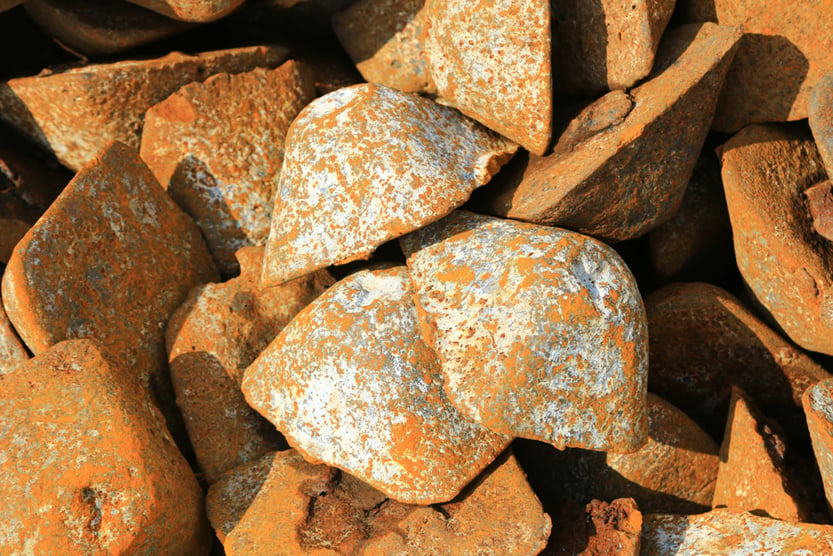
In the smelting process, hot iron is poured on sand. Upon cooling, the pieces solidify to resemble piglets and a sow, hence the name ‘pig’ iron. When the iron cools, the air surrounding it generates moisture on the surface. Hence, ‘sweating like a pig’, is an indication that the iron has cooled enough for further manipulation.
Now, coming to four-legged pigs. Pigs do not sweat because they lack sweat glands. They keep cool by rolling around in the mud like other animals, such as rhinos. The mud covering plays a dual role in protecting pigs from insect bites and sun damage. If you think about it, the mud is actually helping them stay clean!
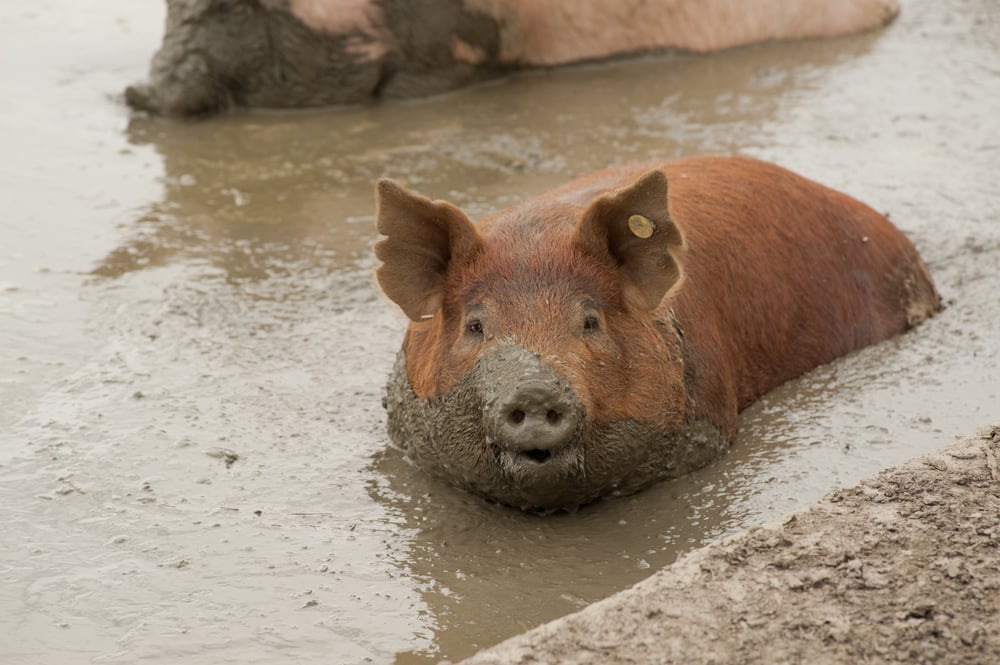
No Sweat, No Problem!
We have established that sweating is not the primary method of thermoregulation for most mammals. Like pigs and hippos, there are several animals who lack any sort of sweat glands. However, since they’re warmblooded, they do control their body temperature using several different methods, some of which are explained below.
Panting: This is a well-known method employed mostly by canines and felines. Pigs also use this method, along with rolling in the mud. Panting rapidly exchanges hot air for cool air, which causes the temperature to decrease within the body, beginning with the throat and lungs.
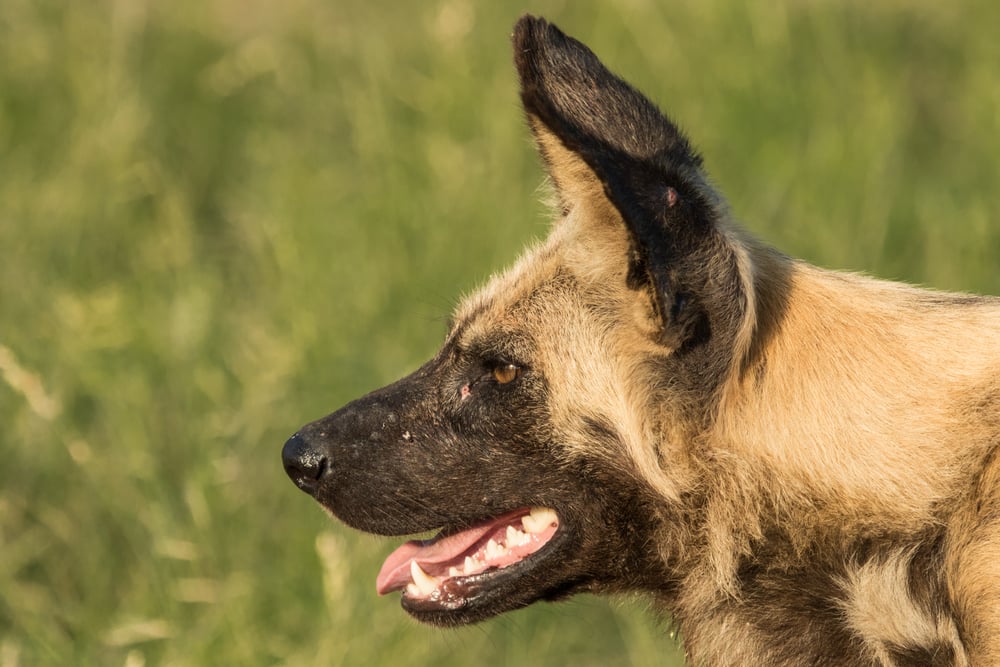
Miracle Ears: Animals that are blessed with big ears, like elephants, use them as fans. They flap their large ears not only to allow the wind to blow, but also to increase blood supply. This enables more heat to be dissipated, effectively cooling the body. Desert-dwelling Jackrabbits have a large network of blood vessels under their ears for the same reason.
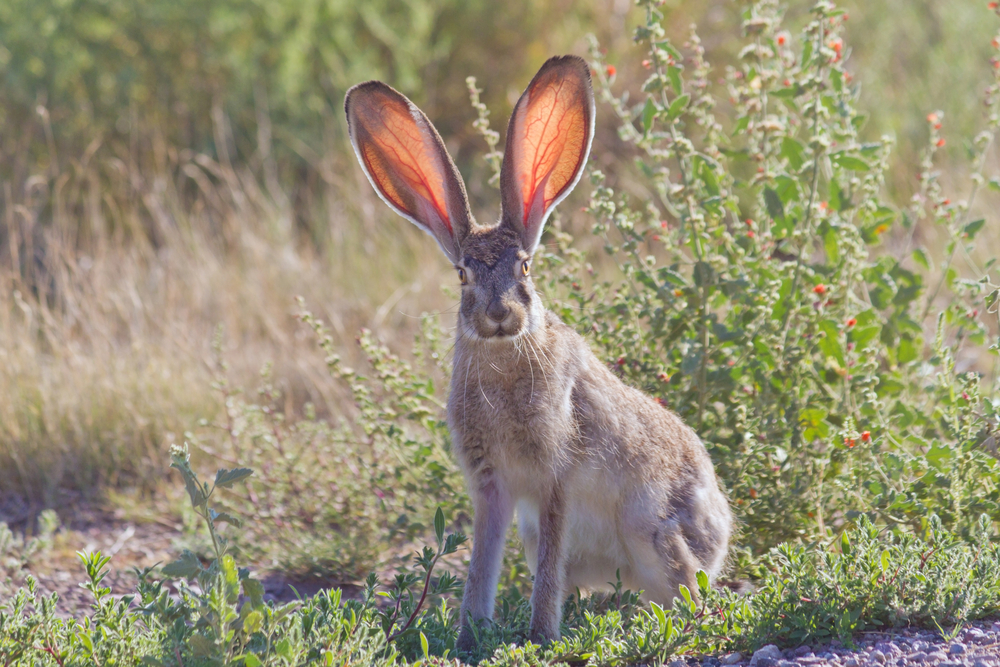
Skin Color: The black-and-white stripes of a zebra certainly don’t help them blend in with the African landscape, but some scientists believe that they do provide a microclimate just above the skin. White absorbs light at a slower rate than black. Therefore, air currents flow at different rates around the zebra, giving rise to an artificial breeze. This theory is debatable, as scientists have been unable to conclude the exact function of the stripes.
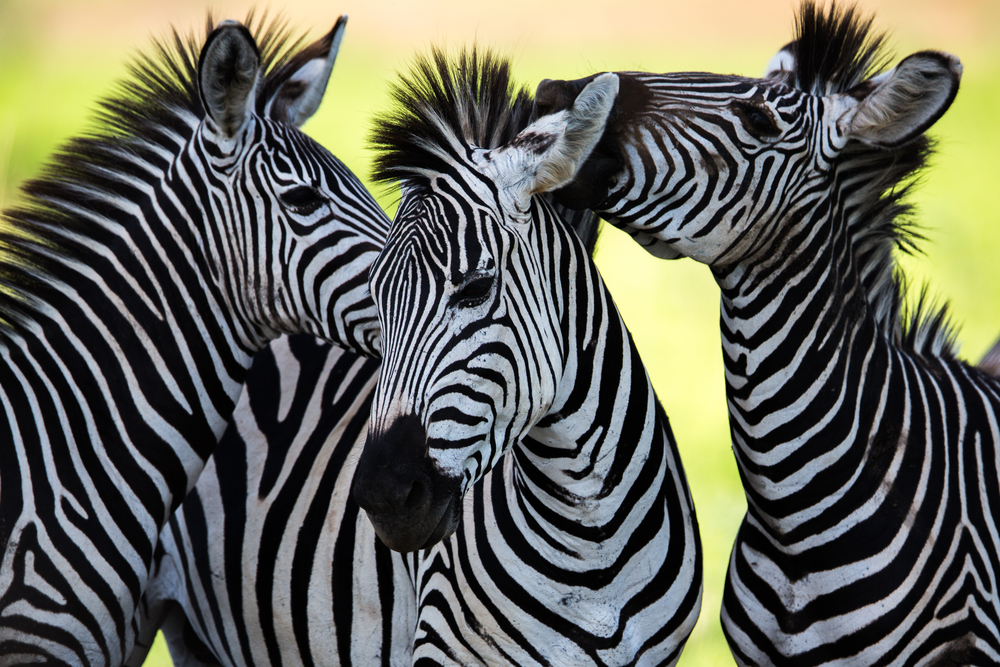
Urohydrosis: Are you prepared to feel disgusted? I hope so, because in this method used by some birds (like vultures and storks), urine and feces are employed in an effort to cool down. They excrete onto their own feet and the evaporation of this discharge has a cooling effect on the body. Seals are known to urinate on their flippers for the same reason.
While most animals may not sweat, they do have their own methods of keeping cool. When the heat is just too hot to handle, they look for a shady and cool spot to lounge in, just like humans.
References (click to expand)
- Sweating like a pig | Office for Science and Society. McGill University
- Body temperature and the thermoregulatory centre - Eduqas. BBC Online
- L.A. Zoo Blog – How Do Animals Keep Cool? - www.lazoo.org
- Which animals sweat? | Questions - The Naked Scientists. The Naked Scientists
- McDonald, R. E., Fleming, R. I., Beeley, J. G., Bovell, D. L., Lu, J. R., Zhao, X., … Kennedy, M. W. (2009, May 29). Latherin: A Surfactant Protein of Horse Sweat and Saliva. (S. Koutsopoulos, Ed.), PLoS ONE. Public Library of Science (PLoS).

